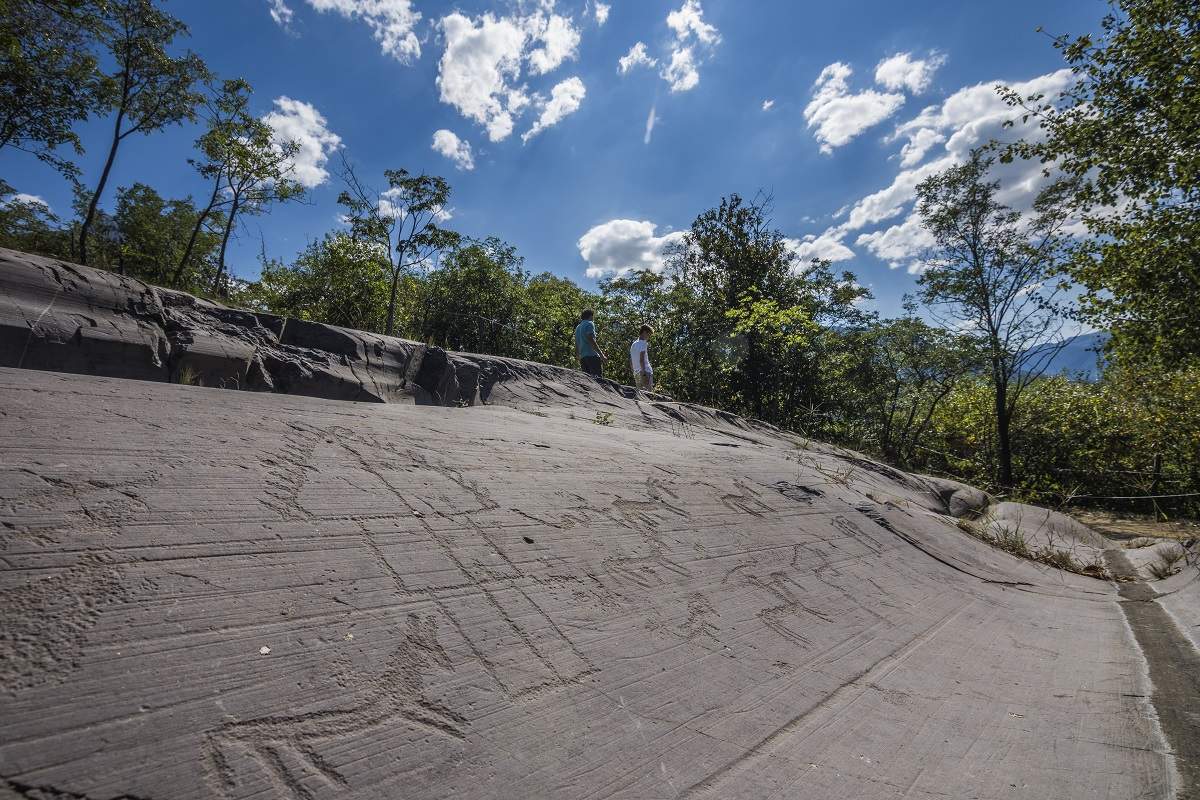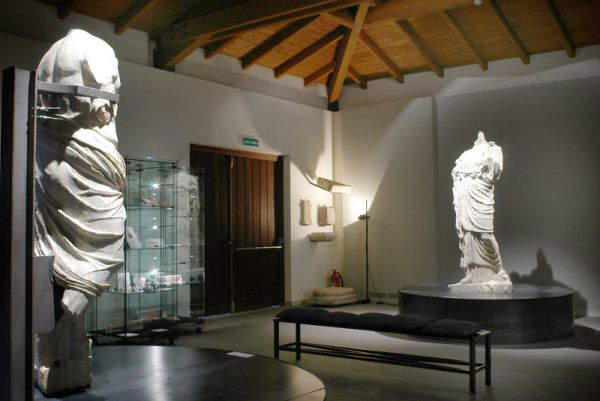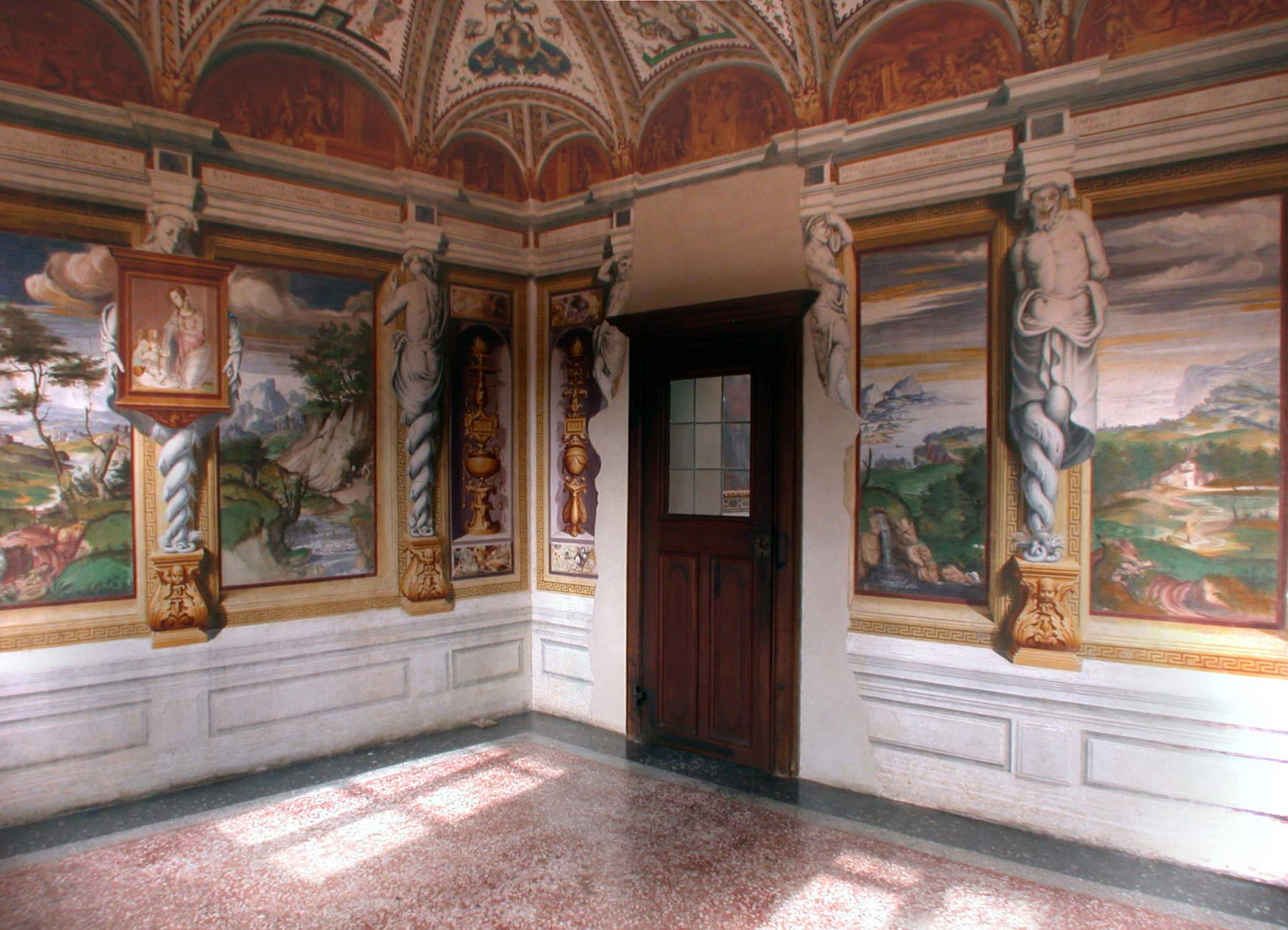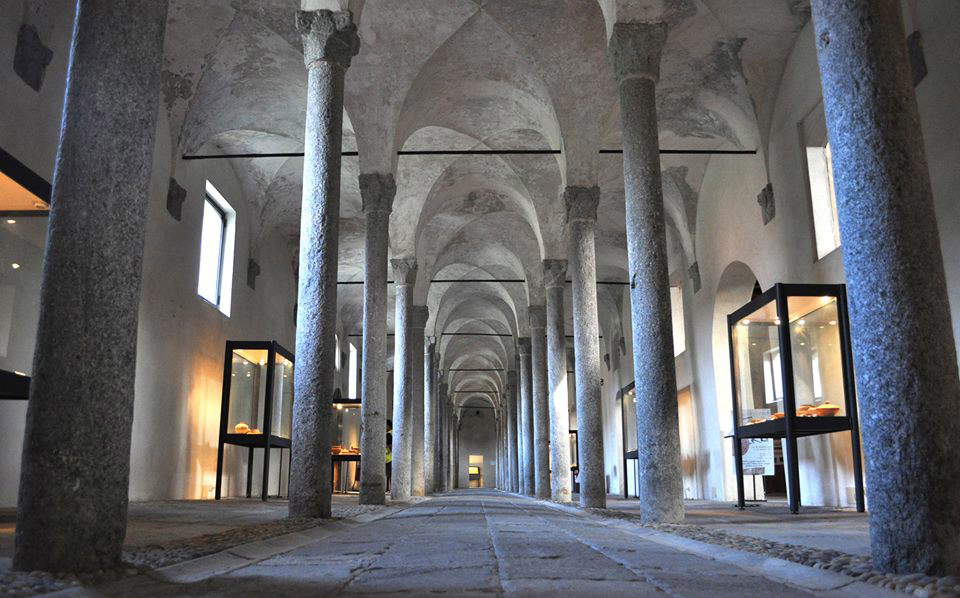Yesterday, a free Sunday, state museums in the Camonica Valley remained closed, and so did the Certosa Museum in Pavia. Other state museums belonging to the Regional Directorate of Museums of Lombardy are also struggling, as some contract workers since Thursday have been refusing to go to work and sign the contract proposed by the company that recently won the tender for security and reception services valid for the eleven museums managed by the Regional Directorate, which came into service last December 1. This is the fifth consecutive day in which these workers are not taking service, configuring what to all intents and purposes is a strike, a refusal to go to work in order to create discomfort and obtain contractual improvements. This is an event with very few precedents in state museums and in the entire museum sector, although during the course of the year there had already been some cases. Yet the Lombardy Regional Museums Directorate has not yet communicated either the past closures or the possibility that the disruptions will continue in the coming days.
Therefore, the reader, and perhaps the visitor who found the gate barred without notice today or in the past few days, will wonder: what is happening in Lombardy’s state museums? In short, the straw that broke the camel’s back occurred on the afternoon of Nov. 30, as recounted by the CGIL and CISL unions that follow the Camonica Valley workers. These workers knew that the new contracting company would come into service on Dec. 1, but they had no news about the contract until the late evening of Nov. 30. When it was emailed to them after 9 p.m., with a prayer of a speedy signature in order to enter service a few hours later, some of the workers noticed that the contract was pejorative to the one used in the recently expired contract: in short, it went from a contract for security at 5.87 euros gross per hour to a contract for fiduciary services, hourly pay even lower, about 5 euros gross per hour. Several workers involved in the contract, despite the threat of being replaced hanging over their heads, rejected the contract and asked to open negotiations.
The following day, Dec. 1, at least five Lombard museums (the National Park of Rock Engravings and National Museum of Prehistory and Protohistory in Val Camonica, the National Archaeological Museum in Cividate Camuno, the Museo della Certosa in Pavia, the National Archaeological Museum of Lomellina in Vigevano, and the Villa Romana in Desenzano del Garda) found themselves without contract staff. Some have closed, others have remedied with internal ministerial staff, and still others, according to several concurring testimonies, have allegedly employed contract staff without the latter having signed the contract with the new company. This chaotic and precarious situation reached the press and then on social media during Dec. 2, and still continues today. It is not easy to find information about what is happening since the only source, direct or indirect, are the workers themselves, located in many different cities and followed by different unions. But it appears that of the minority of workers who had rejected the contract on Dec. 1 (about 20 or so), few so far have given in, despite the cooperative’s obvious strong position.





It is surprising that no comment or public communication has so far come from the Regional Directorate regarding what is happening. Even the closures on the monthly free Sunday have not been communicated: only A4 sheets in front of the doors of the museums announce the closure. Probably weighing on the ministerial attitude is the difficulty of explaining what is happening: if the previous contract was already unjustifiable, repeating it with the growth of bills and inflation becomes even more divisive. The contract, which started from an hourly auction base of 20 euros, was awarded to Cosmopol S.p.A. , a company from Avellino, with amonstrous 33.15 percent markdown , a de facto invitation to retaliate against employees’ wages, which were to be reabsorbed through a social clause. A situation that has been repeated for years, as one of the workers involved explains to Finestre sull’Arte : “annual contracts, resulting in constant concern about renewal, always to different companies and cooperatives, and, despite the experience gained over time, with worse compensation each time. A lack of communication between client, contracting company and workers that led, among other things, to the fact that the external workers of the Museum of the Certosa of Pavia did not even have to refuse the contract: the incoming company, which had a duty to absorb them, had not even managed to contact them to propose hiring them.”
To give some context to this chaos, it should be made clear that the situation in Lombard state museums was desperate regardless of this strike: staffing had come to be lacking for more than 60 percent by July 2022, reduced hours, and it was increasingly common for outsourced staff to be assigned tasks (such as opening and closing sites) that by law are the responsibility of in-house staff. “In order to try to keep these sites open,” explained Marcello Marroccoli of FP Cisl Brescia in the summer, “cooperatives are being used that apply unacceptable contracts to workers hired by the hour to cover the shortages, which are felt especially during holidays. And unfortunately the visitors are picking on the workers because they do not understand these uncomfortable situations.” Net of this increasing centrality of outsourced staff, as is the case throughout Italy, there has been no adjustment in wages. But at the same time it has thus ended up increasing the bargaining clout of these workers, who are capable of forcing repeated closures just by not signing a contract. Some of them seem to have realized this, totally displacing the regional museums directorate, which found itself without alternatives, at least in the immediate term. “The museums must remain closed, it is the only weapon we have to reverse an unacceptable trend,” explains one worker requesting anonymity. The strike looks set to continue, pending the next moves by the Ministry’s regional directorate.
Warning: the translation into English of the original Italian article was created using automatic tools. We undertake to review all articles, but we do not guarantee the total absence of inaccuracies in the translation due to the program. You can find the original by clicking on the ITA button. If you find any mistake,please contact us.